Complementary vs. Analogous Color Palette
Understanding color theory in flowers
Making a beautiful flower arrangement involves more than just using interesting flower types and creating dynamic shapes. Understanding color theory is an integral part of floristry–one that can set you apart from your florist competition.
So what is color theory? It’s a collection of rules and guidelines utilized by designers to communicate their work through appealing color schemes. Put simply, it’s the science behind how and why some groupings of color translate better to the human eye than others. But don’t worry, you don’t have to be a color expert to understand color theory. Let’s take a look at two color palettes that are foundational to the art of floristry.
Analogous Color Palette
Analogous colors are colors that are adjacent on a 12-part color wheel such as yellow-green, yellow, and yellow-orange. They’re closely related in hue and pigment due to their nearness to one another on the color wheel.
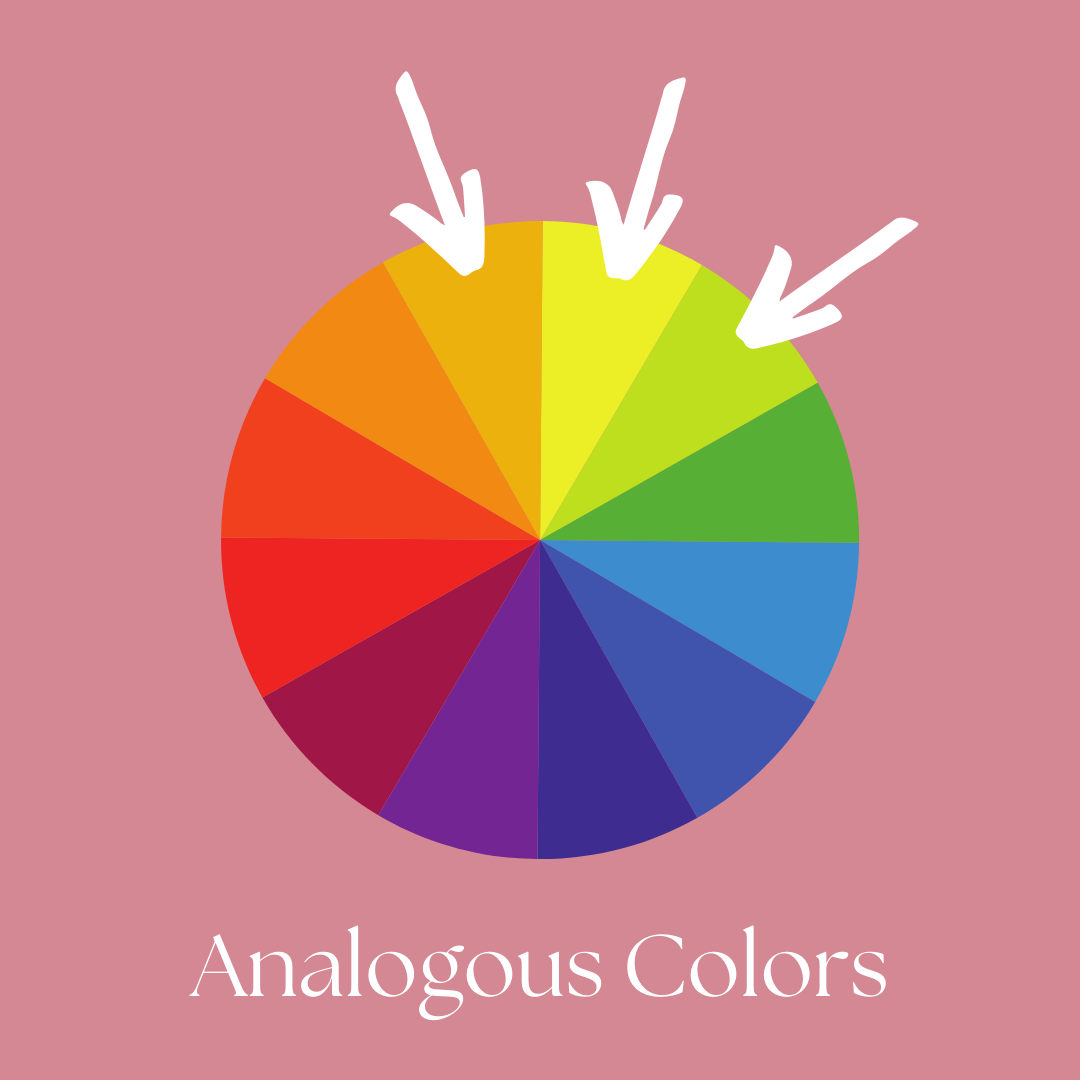
An analogous color palette will have colors that differ only slightly in shades from one another, creating a somewhat monochromatic look. Some florists prefer using this color scheme because its easy to design with and leaves room to highlight certain flower types if desired.
Take a look at some pictures of arrangements we’ve created using an analogous color palette.
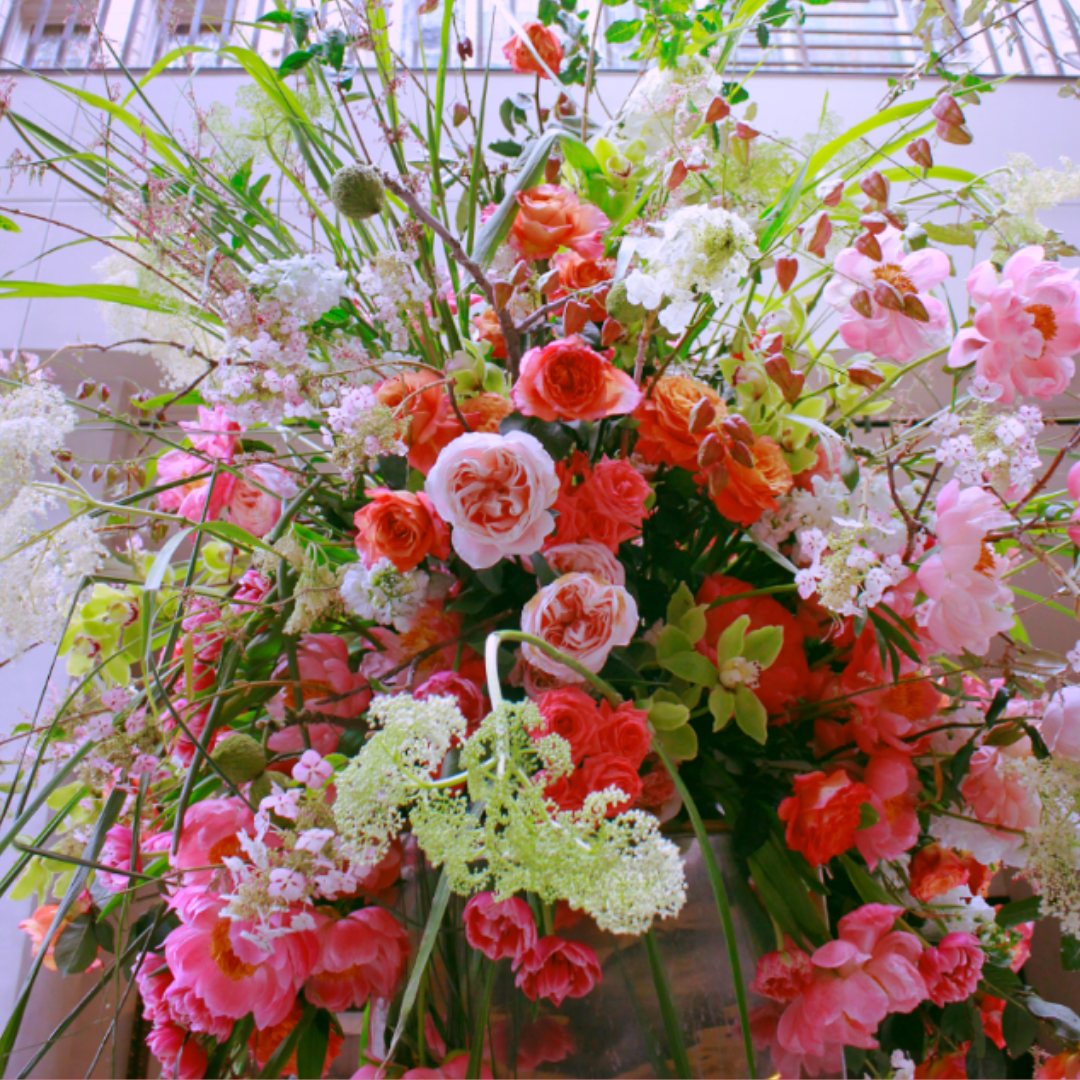
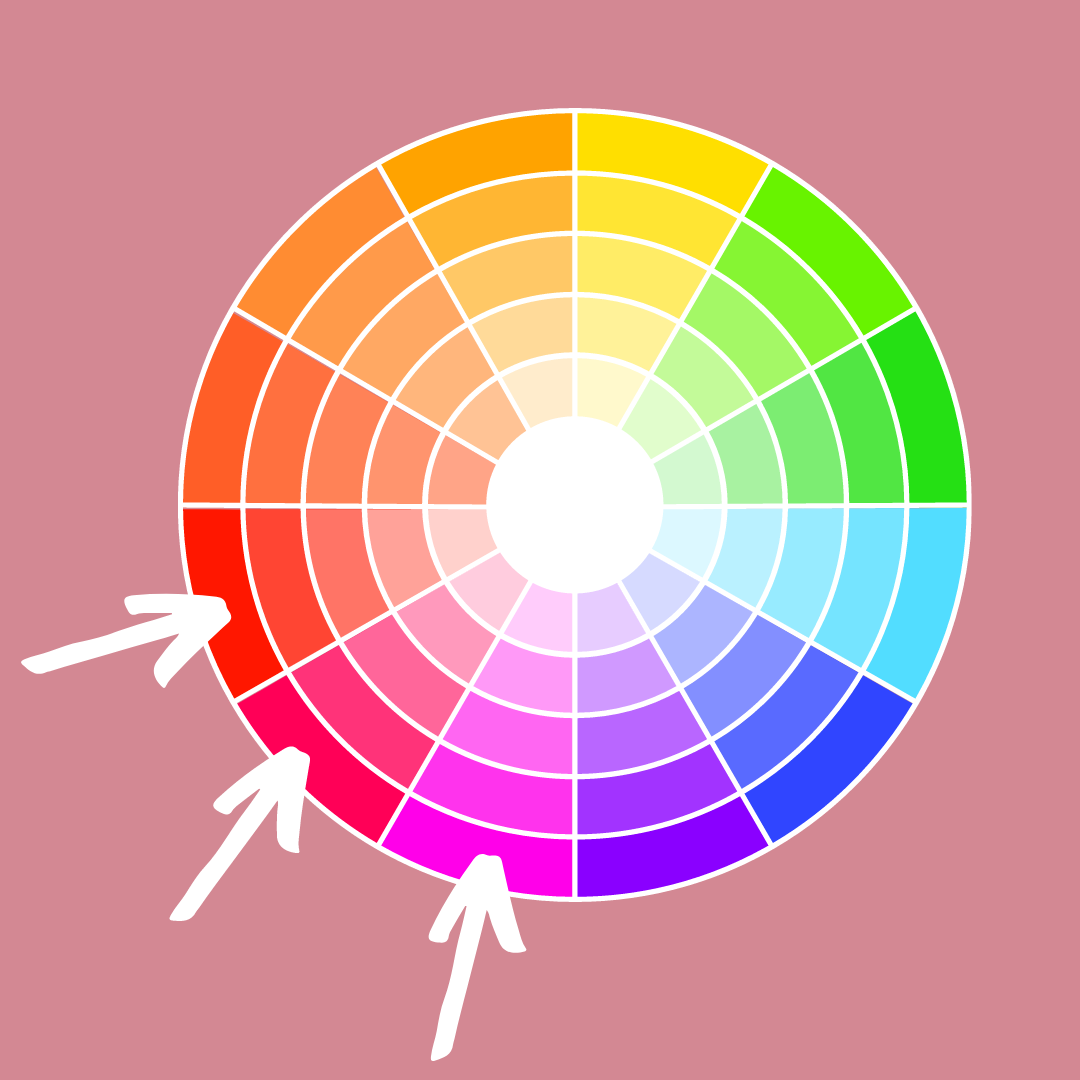
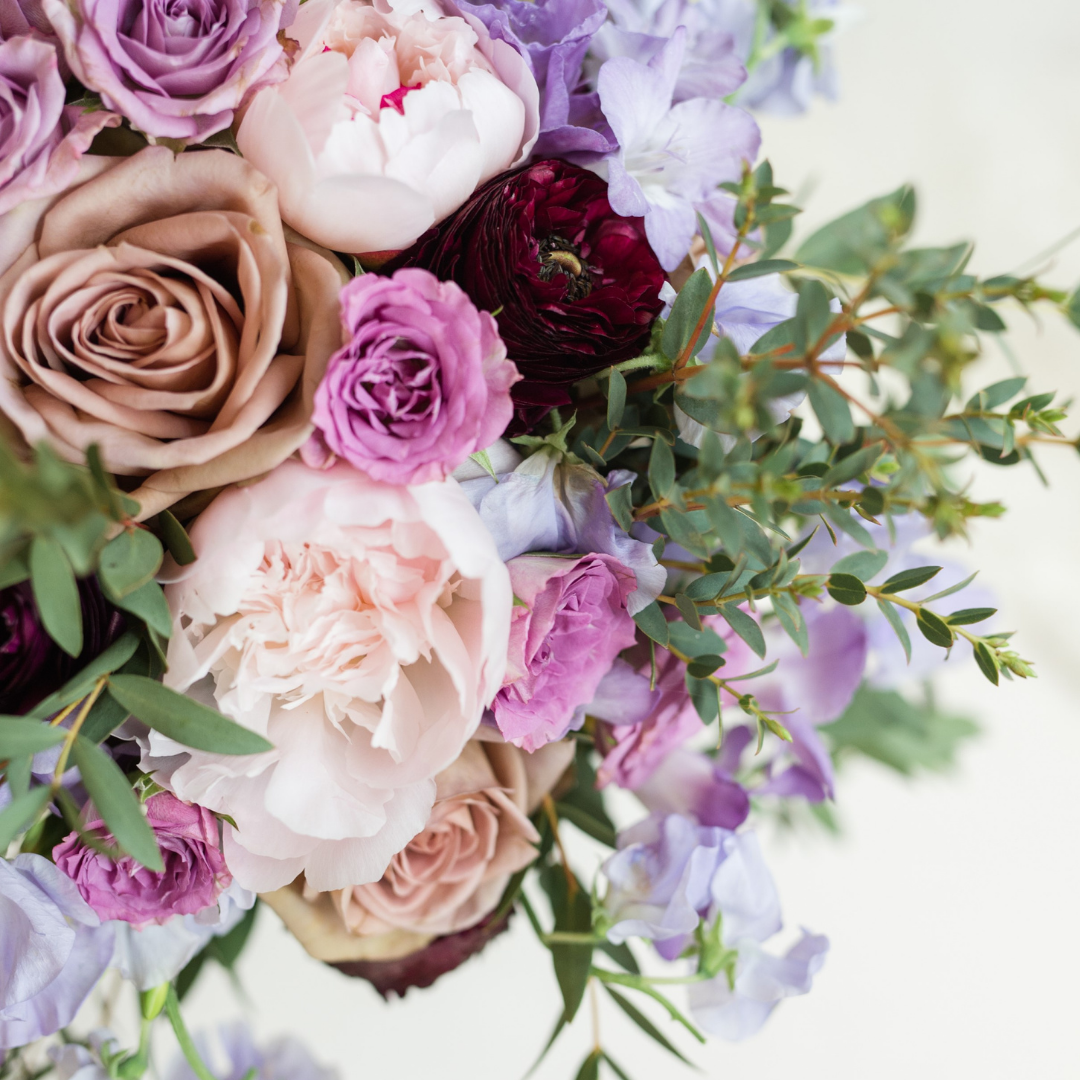
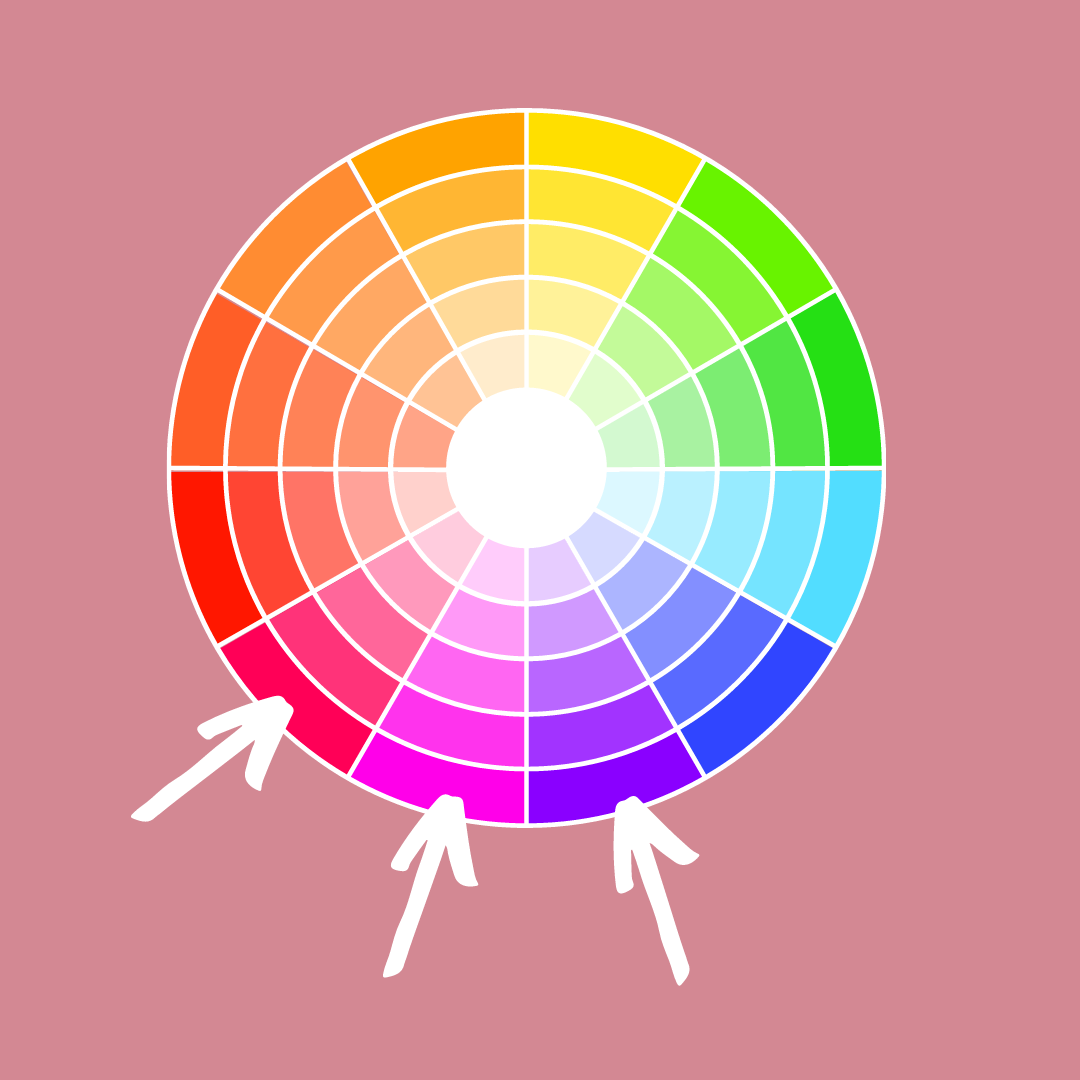
Complementary Color Palette
Complementary colors are colors that are opposite one another on the color wheel such as green and red, and orange and blue. They are what we refer to as “anchoring colors” within the composition–meaning they are appealing to the natural eye when paired together.
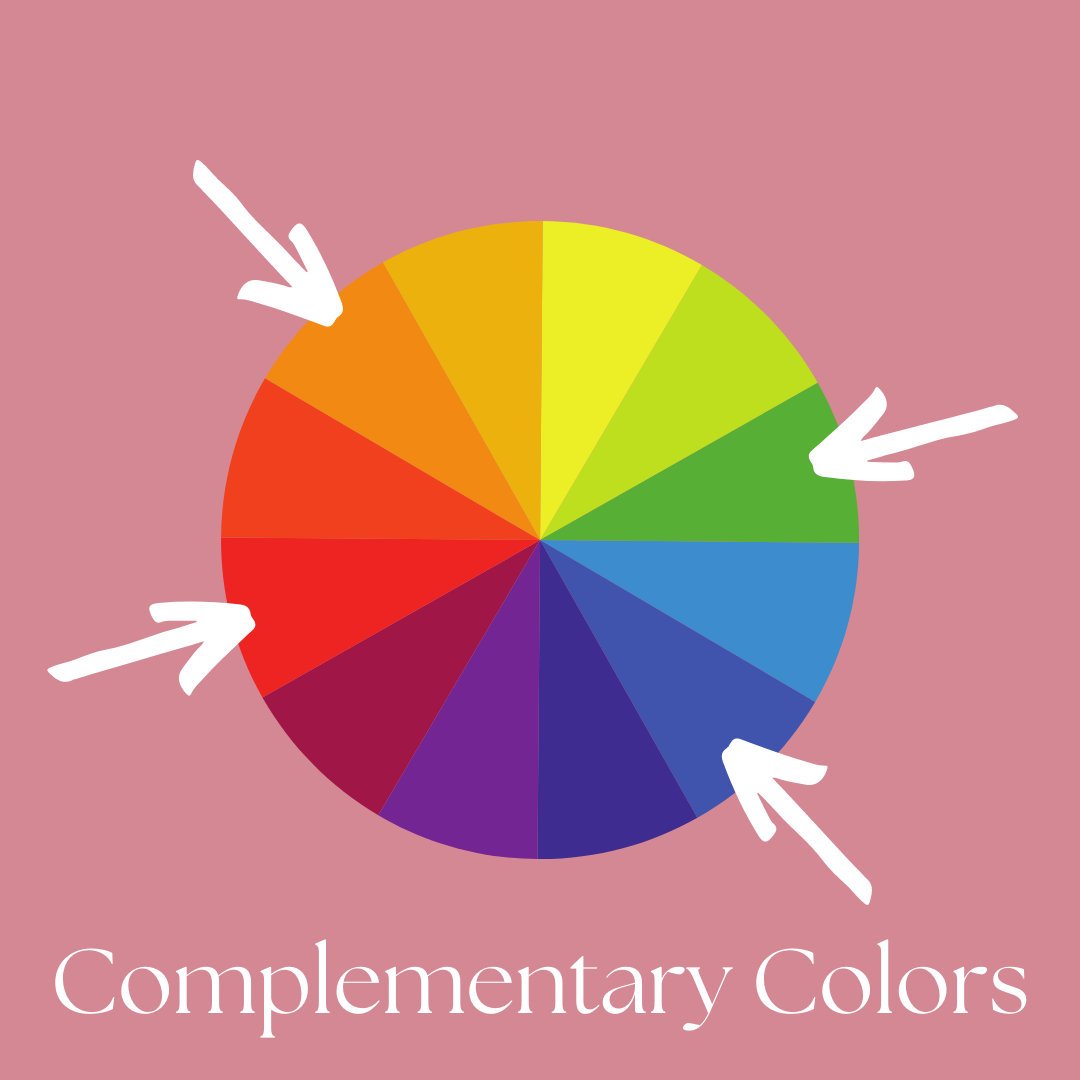
Once you’ve chosen your two anchor colors, you can then find colors close to them on the color wheel to fill in the rest of your scheme. For instance, if you choose red and green as your complementary colors, you might want to choose red-orange flowers and yellow-green flowers as filler for your arrangement.
Take a look at some arrangements we’ve created using a complementary color palette.
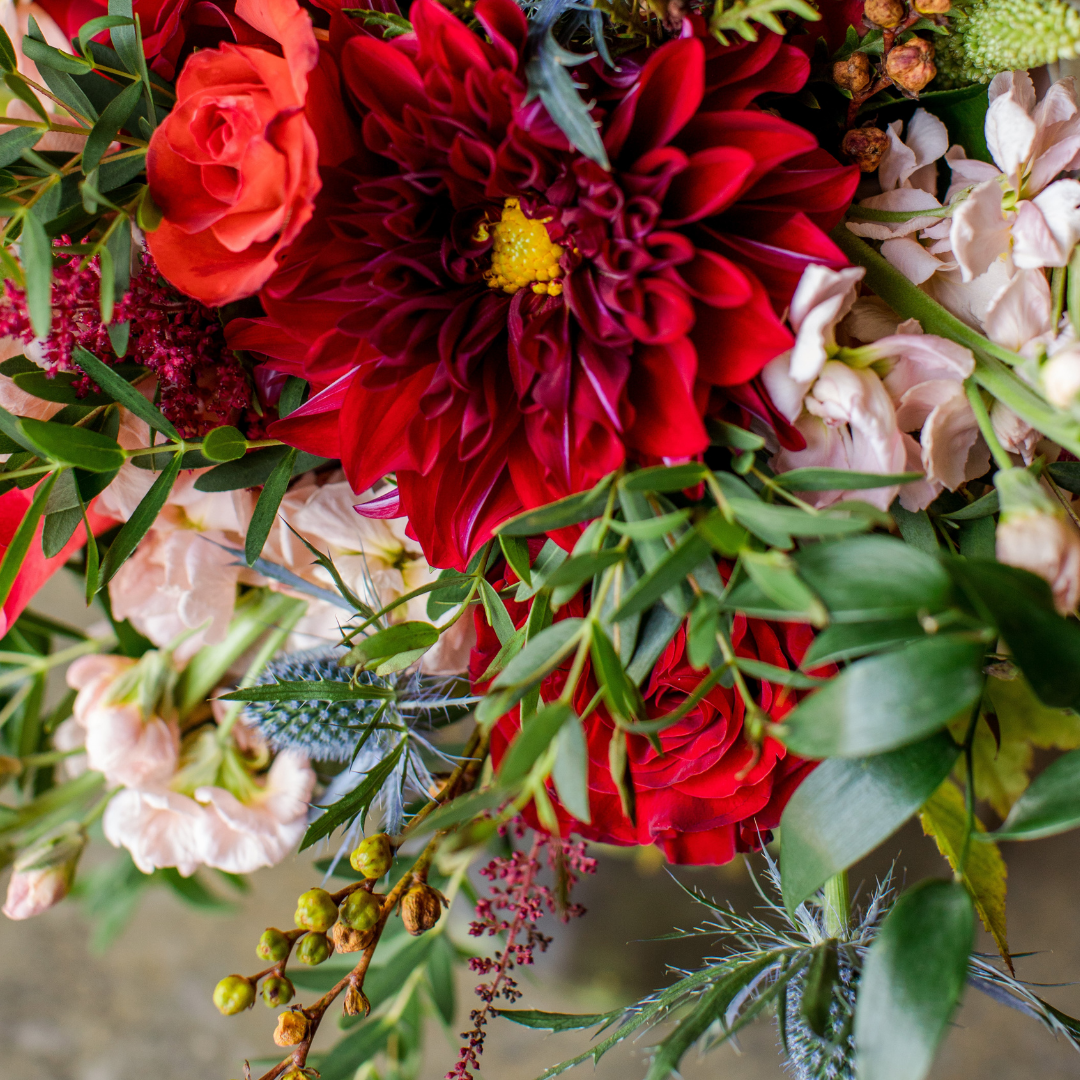
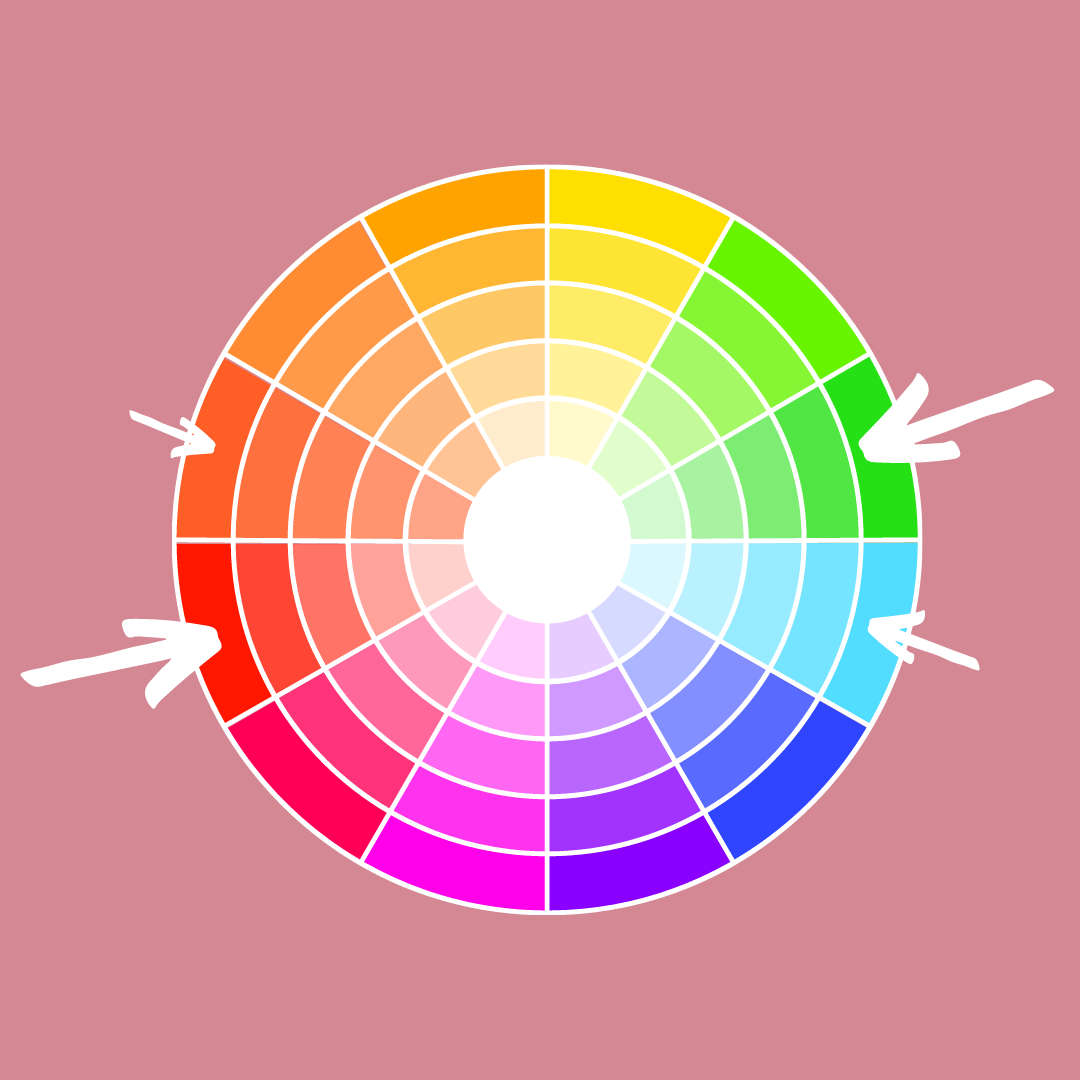
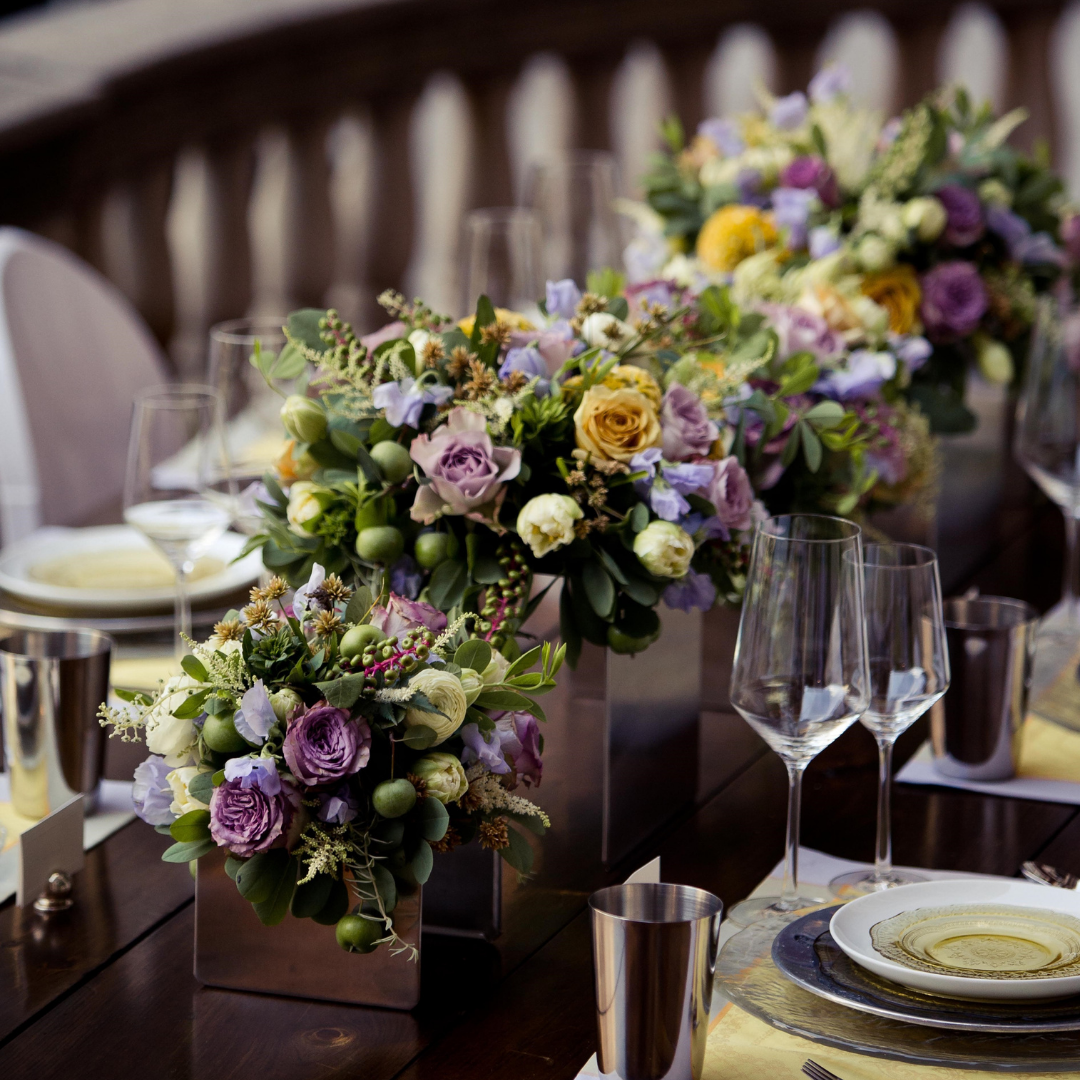

Whatever color palette you choose to use for your arrangement, be sure it fits with the vision of your client. Above all else, have fun with your color selections! Though there is a science behind color theory, there’s a lot of wiggle room to explore color variations and continue experimenting with combinations that bring your flower masterpieces to life.
Understanding color theory is an integral part of floristry–one that can set you apart from your florist competition. Brush up on your knowledge of analogous palettes versus complementary palettes so you can confidently choose the best color scheme for your next arrangement!